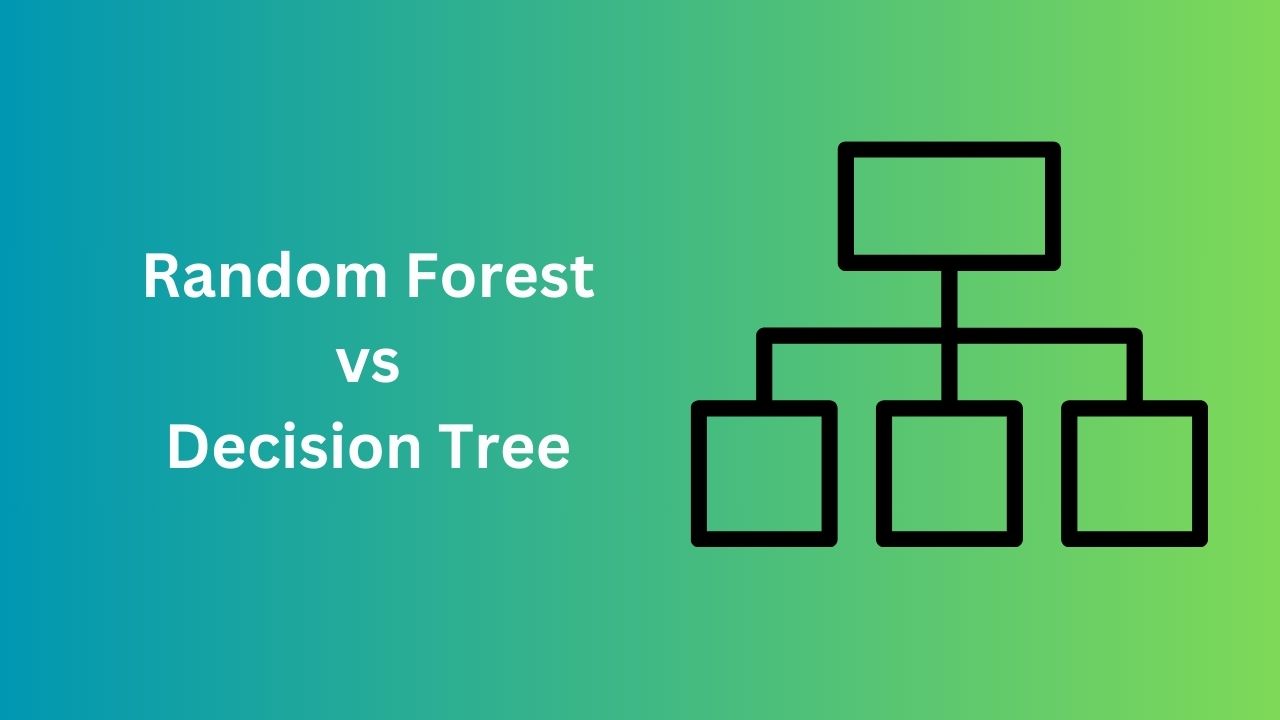Random Forest and Decision Trees are both machine learning algorithms used for classification and regression tasks. They have some key differences, and I’ll explain those differences using an example:
Decision Tree:
– A decision tree is a simple and interpretable model that represents a tree-like structure.
– It makes decisions by splitting the dataset into subsets based on the values of input features. These splits are determined using conditions called “nodes.”
– Each node in a decision tree represents a decision or a test on a specific feature.
– Decision trees can be prone to overfitting, meaning they may capture noise in the data and not generalize well to unseen data.
Example: Suppose you want to build a decision tree to predict whether a person will buy a product based on their age and income. Your decision tree might look like this:
Root Node (Age < 30)
│
├─ Yes (Income > $50,000): Buy
│
└─ No (Income ≤ $50,000): Don’t Buy
In this example, the decision tree splits the data based on age and income to make a prediction. It’s a simple model but may not handle complex relationships well.
Random Forest:
– Random Forest is an ensemble learning method that combines multiple decision trees to make more accurate predictions.
– It builds a collection of decision trees, each trained on a random subset of the data and using a random subset of features. This randomness helps reduce overfitting.
– Predictions are made by aggregating the results of individual trees, often by taking a majority vote for classification or averaging for regression.
Example: Let’s extend the previous example to a Random Forest with multiple decision trees. Each decision tree in the forest may look at different features or data subsets:
Tree 1:
Root Node (Age < 30)
│
├─ Yes (Income > $50,000): Buy
│
└─ No (Income ≤ $50,000): Don’t Buy
Tree 2:
Root Node (Income > $60,000)
│
├─ Yes (Age < 40): Buy
│
└─ No (Age ≥ 40): Don’t Buy
In a Random Forest, each tree provides its prediction, and the final prediction is determined by majority voting. This ensemble approach often results in better generalization and robustness.
Key Differences:
- Complexity: Decision trees are simpler models with a single tree structure, while Random Forest combines multiple decision trees, increasing complexity.
- Overfitting: Decision trees are more prone to overfitting, especially on noisy data. Random Forest mitigates this by aggregating predictions from multiple trees.
- Performance: Random Forest generally provides more accurate predictions compared to a single decision tree, especially in complex datasets.
- Interpretability: Decision trees are highly interpretable, while interpreting a Random Forest can be challenging due to its ensemble nature.
In summary, while a single decision tree may be simple and interpretable, Random Forest is often preferred when accuracy and generalization are important, as it reduces overfitting and provides more robust predictions.



